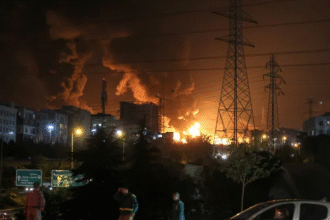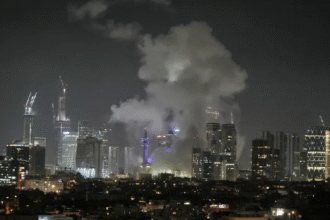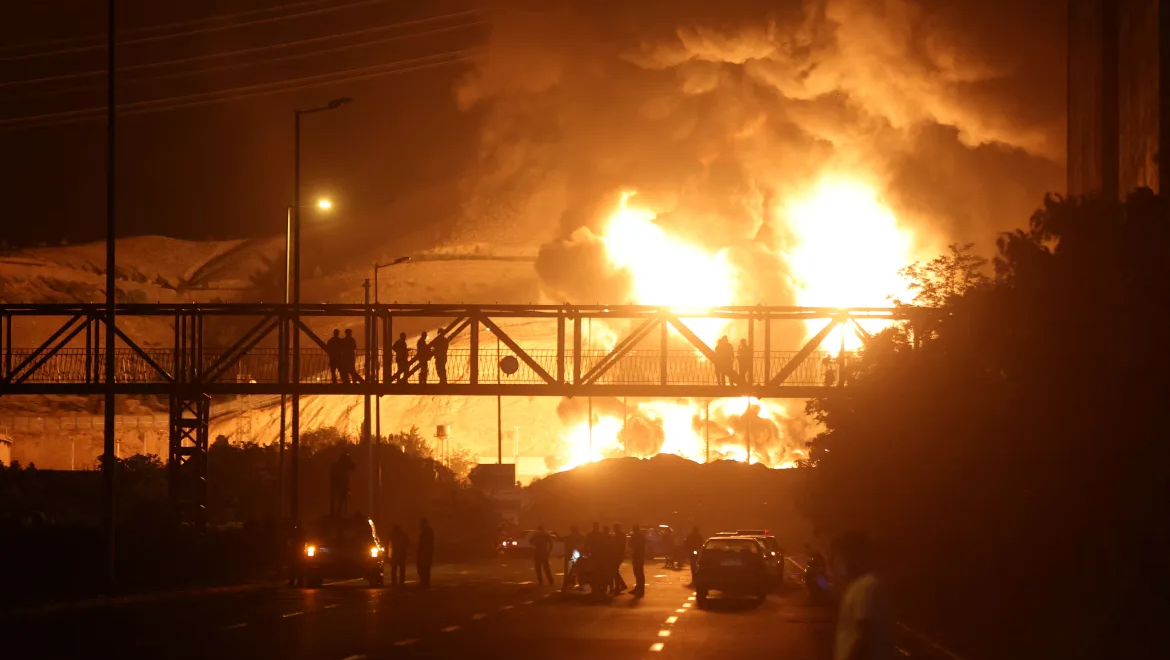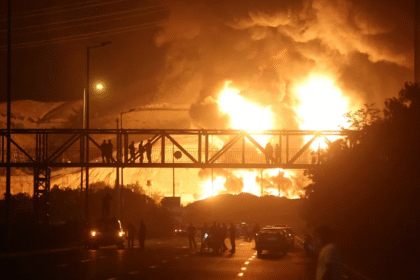Tensions between India and Pakistan have dangerously escalated after India launched deep military strikes early Wednesday on what it described as terrorist camps in Pakistan and Pakistan-administered Kashmir. Pakistan claims at least 26 people, including women and a child, were killed in the attacks, and that five Indian fighter jets were shot down in response.
What Triggered the Conflict?

India’s military action, codenamed Operation Sindoor, came two weeks after a deadly attack on tourists in Indian-administered Kashmir that left 26 civilians dead. India blames the massacre on Pakistan-based terrorist groups.
The Indian Air Force (IAF) targeted nine suspected terrorist sites in Pakistan’s Punjab province and Pakistan-administered Kashmir. According to Indian officials, the strikes were “focused, measured, and non-escalatory,” and no Pakistani military bases were targeted.
Pakistan Responds

Pakistan’s Prime Minister Shehbaz Sharif called the strikes “an act of war” and promised retaliation. The Pakistani military claimed to have shot down five Indian jets, including three advanced Rafales, a MiG-29, and an SU-30, as well as an Indian drone.
Photos of wreckage in Indian-administered Kashmir circulated online, but it remains unclear which side the crashed aircraft belonged to. Indian officials have yet to confirm or deny the jet losses.
Cross-Border Shelling

Following the strikes, both nations began artillery and mortar shelling across the border. Civilians on both sides have been caught in the crossfire. A CNN journalist in Pakistan-administered Kashmir reported multiple explosions, and locals said shells hit residential homes and mosques.
India confirmed eight civilian deaths on its side. Pakistan reported 46 injured in addition to the 26 dead. Hospitals in Pakistan’s Punjab province are overwhelmed with the wounded.
“We had to run for our lives. Shells hit homes near the mosque, and two people were injured right next to us,” said Shakeel Butt, a resident of Muzaffarabad in Pakistan-administered Kashmir.
Operation Sindoor: A Deeper Strike Than Before
This is India’s deepest airstrike into Pakistan since the 1971 war, officials say. Targets included camps belonging to Lashkar-e-Tayyiba (LeT) and Jaish-e-Mohammed (JeM)—two militant groups designated as terrorist organizations by the United Nations, United States, and India.
Indian officials explained the operation’s name “Sindoor” refers to the red powder worn by Hindu women after marriage, symbolically linked to the massacre that left many women widowed.

Rising Global Concerns
The airspace over Pakistan and parts of northern India has seen major disruptions, with commercial airlines rerouting flights. Srinagar Airport was closed to civilians. Global leaders and the United Nations have urged both countries to de-escalate and exercise restraint.
The U.S. State Department said it is “closely monitoring” the situation, and diplomatic efforts are underway to calm the tensions.
Background: Kashmir — A Longstanding Conflict Zone

Since 1947, when both countries gained independence from British rule, India and Pakistan have fought three wars—two of them over Kashmir, a region claimed by both nations but split between them.
In 2019, India revoked Kashmir’s special constitutional status, increasing regional tensions. Militant groups in the region have fought Indian security forces for decades, with tens of thousands of lives lost.
India has consistently accused Pakistan of supporting these groups, an allegation Pakistan denies.
What Happens Next?

Analysts now warn that a Pakistani response is almost certain. The world watches with concern as both nations, armed with nuclear weapons, sit on the brink of further escalation.
“Managing the next level of escalation will be key. This is where international diplomacy becomes critical,” said Ajay Bisaria, India’s former ambassador to Pakistan.
























